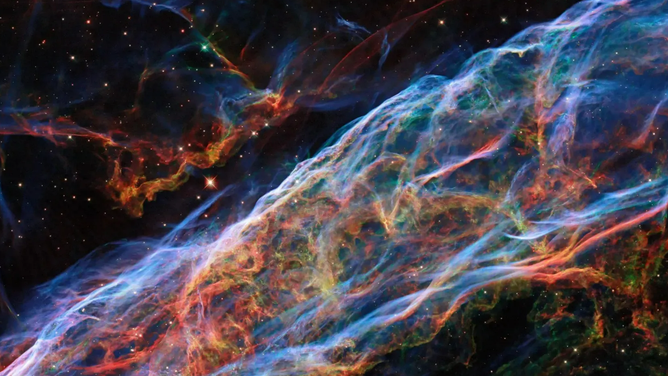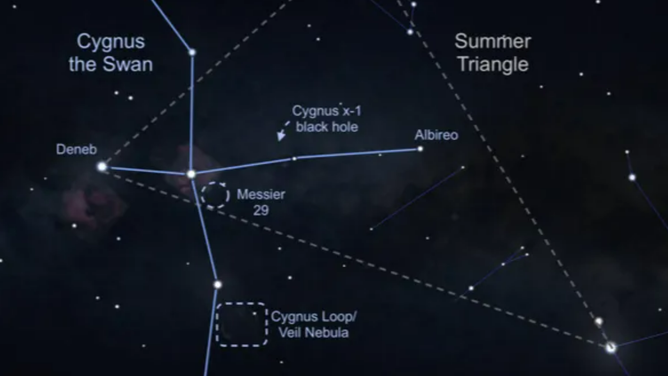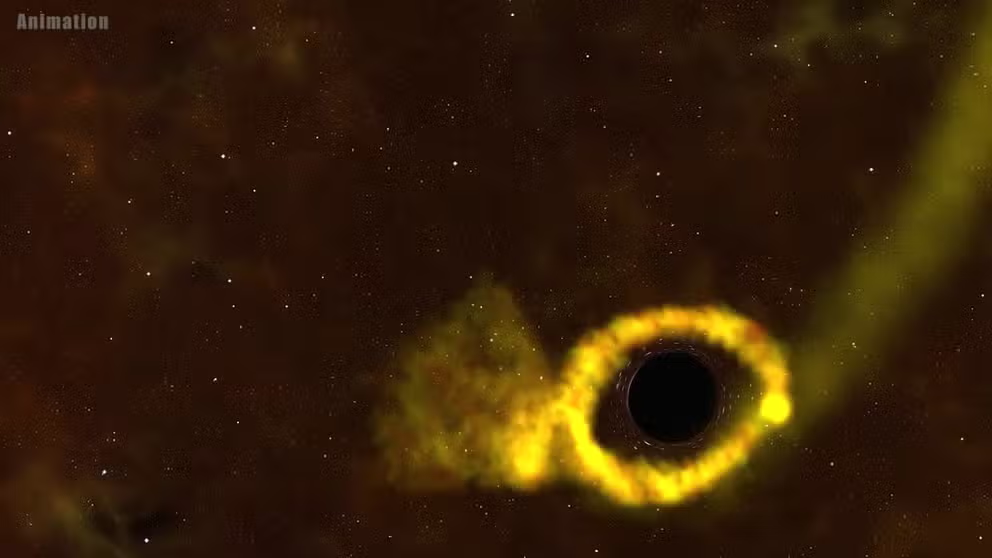NASA rocket mission to study star-forming supernova
The Integral Field Ultraviolet Spectroscopic Experiment, or what is known as INFUSE, will study the death of the star and the creation of a new galaxy. Cygnus is often known as the swan constellation because of its appearance which resembles a bird.
Hubble Space Telescope used to watch black hole eat a star
Astronomers used Hubble Space Telescope's ultraviolet capabilities to investigate the death of a recently devoured star nearly 300 million light-years away. These events are known as "tidal disruptions."
WHITE SANDS, N.M. – NASA is embarking on a mission that will work to understand a star’s death and the formation of a new galaxy, more than 2,600 light-years away from Earth.
A rocket tasked with conducting the Integral Field Ultraviolet Spectroscopic Experiment, or INFUSE, will gather light’s wavelengths as the supernova’s energy crashes into cold pockets of gas in outer space.
Astronomers refer to the supernova as the Cygnus Loop, which is in the constellation Cygnus. The formation is said to resemble a swan, as stars form a bird and two wings.
"Supernovae like the one that created the Cygnus Loop have a huge impact on how galaxies form," Brian Fleming, a researcher at the University of Colorado Boulder and member of the INFUSE mission, said in a statement.

NASA Hubble Space Telescope image of the Cygnus Loop
(NASA)
SEE THE OBJECTS HUMANS LEFT BEHIND ON THE MOON
NASA believes the original blast happened 20,000 years ago, and since the event, matter has fanned out at a speed of 930,000 mph – a rate fast enough to travel from Earth to the Moon in just minutes.
The star used to be so large astronomers believe its explosion would have been bright enough to see from Earth.
Using the data from the INFUSE mission, scientists hope to identify elements from the blast and how they interact with their environment.
"With these first-of-their-kind measurements, we will better understand how these elements from the supernova mix with the environment around them," said Emily Witt, a member of the INFUSE mission. "It’s a big step toward understanding how material from supernovas becomes part of planets like Earth and even people like us."

Illustration of the constellation Cygnus
(NASA)
NASA DEVELOPS "MOON DUSTER" TO ZAP AWAY LUNAR DUST
Research surrounding the Cygnus Loop has been underway for hundreds of years but has been aided by technological advances such as the launch of the Hubble Space Telescope.
Historians said the supernova was initially discovered in 1784 by William Herschel with the use of a simple telescope.
